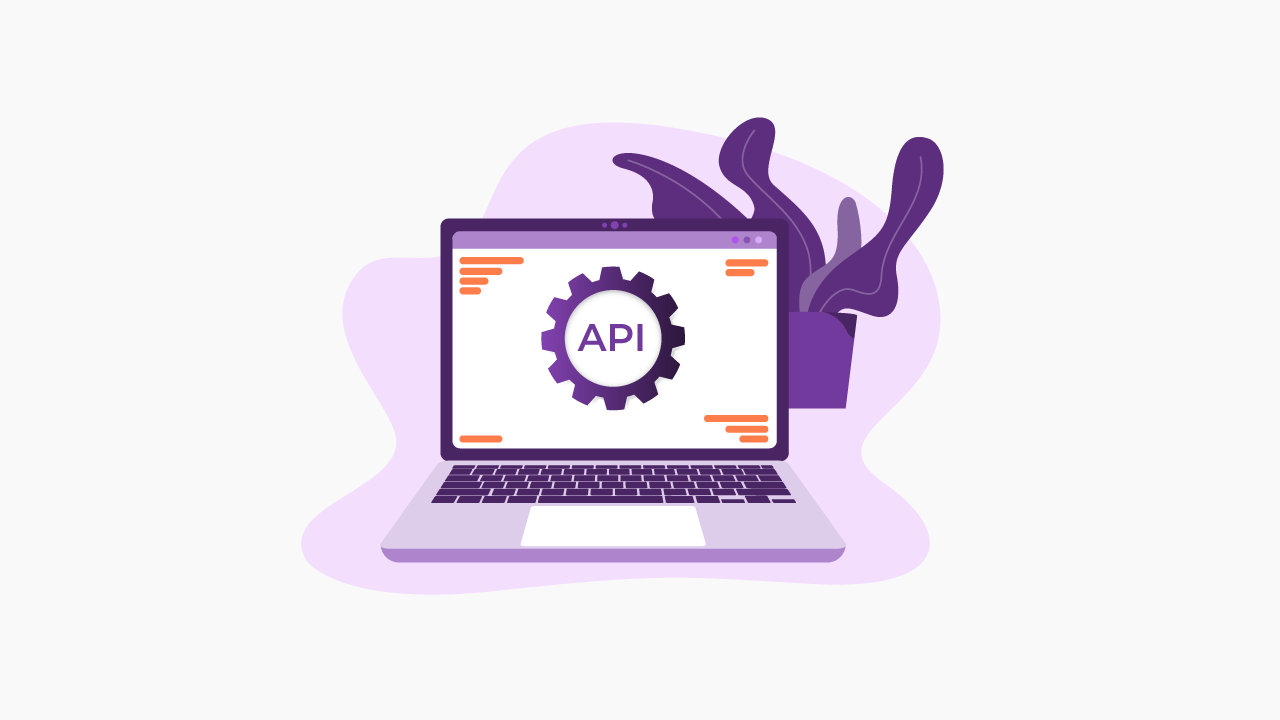Ensuring Successful API Consumption
Ensuring Successful API Consumption
In the ever-changing world of digital innovation, APIs (Application Programming Interfaces) play a vital role in coordinating the smooth flow of data and functionalities that power our favorite apps, websites, and software. They work behind the scenes, unseen architects who make our digital experiences possible and exceptional.
If you're reading this, you probably already appreciate using APIs to improve your projects. However, in the rapidly evolving digital landscape, where every user interaction requires precision, it's not just about integrating an API. It also means making sure that the code is well coordinated and working, that integration flows are seamless and facilitate smooth data transfers, and that the overall user experience is excellent.
Maximizing the effectiveness of API consumption goes beyond routine tasks; it necessitates a well-thought-out API strategy to enable the optimization of DevOps practices.
Let's dive into ten practical steps below to discover valuable insights for improving how we use APIs. These steps will help us avoid making unnecessary calls and provide a clear path to understanding complex processes and actions.
10 Steps for Successful API Management
Extracting API Performance Metrics
- Track and assess the time it takes for your API to respond. Look for patterns or irregularities that could signal performance issues. Monitor the error rate closely to identify spikes or unusual patterns. A sudden surge in errors could indicate underlying problems.
Constant Error Alignment
- Set up systems for immediate error detection to quickly identify and address issues as they happen. Use automated procedures to fix common errors, ensuring a smooth user experience even when occasional problems occur.
Monitor Executed Error Calls
- Establish systems to track and monitor error calls. Analyze past data to spot recurring issues and address them proactively. Use predictive analytics to anticipate potential problems based on historical data. API monitoring allows you to prepare for challenges before they affect users.
Developer Portal with Documentation and Inputs
- Offer thorough documentation that includes API endpoints, request/response formats, authentication methods, and any specific usage considerations. Include interactive examples in the documentation to help developers make successful API calls.
Clear and Elaborate Documentation on the Developer Portal
- Employ clear and user-friendly language in the documentation. Steer clear of unnecessary technical jargon that might confuse developers. Organize the documentation logically, with distinct sections, to facilitate easy access to the required information for developers.
Inclusion of Best Practices in the Dev Portal
- Provide Developer Experience best practices for utilizing your API. This may encompass naming conventions, recommendations for handling errors, and other coding standards. Clearly define any business rules developers should consider when engaging with your API.
Return Message with Clear and Explanatory Error Information
- Create error messages that are easily understandable for both developers and end-users. Avoid using cryptic codes and offer information that can’t be acted upon. Provide suggestions or links to resources that assist users in resolving common issues independently.
Improve Recognition of Returns on the Developer Side
- Incorporate analytics tools, such as the developer experience platform, to monitor and identify patterns in API responses on the developer side. Set up a feedback system for developers to report issues and share insights about their experiences with your API.
Swagger with Quality
- Ensure your Swagger documentation reflects the most recent API modifications, providing a user-friendly interface for measuring developer experience by allowing them to explore and test API endpoints directly from the documentation.
Test Environment / Sandbox
- Establish a particular testing space that closely resembles the production setting. Use automated testing processes to confirm the functionality of each API endpoint in different situations.
The ten steps for successful API management and consumption go beyond a checklist; they unlock the full potential of digital transformations. These steps not only guarantee the technical strength of your API but also foster an environment where each interaction reflects excellence.
Now, with this knowledge, let's explore real-world scenarios, sharing success stories and learning from challenges to deepen our understanding of API management platforms. The API economy isn't just a trend; it represents the future for organizations ready to evolve into customer-centric, highly scalable businesses.
Are you ready to redefine your digital creations? Let's make it happen!
Begin your API journey with Sensedia
Hop on our kombi bus and let us guide you on an exciting journey to unleash the full power of APIs and modern integrations.
Related content
Check out the content produced by our team.
Embrace an architecture that is agile, scalable, and integrated
Accelerate the delivery of your digital initiatives through less complex and more efficient APIs, microservices, and Integrations that drive your business forward.





.svg)







